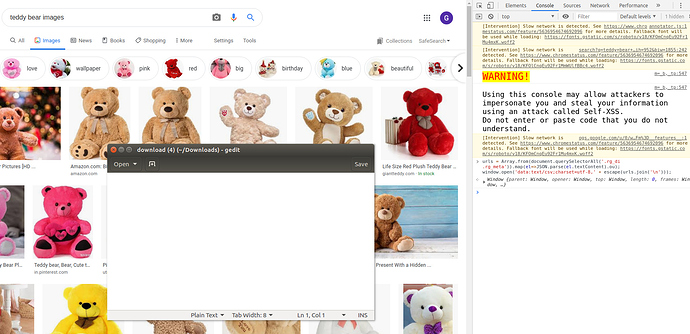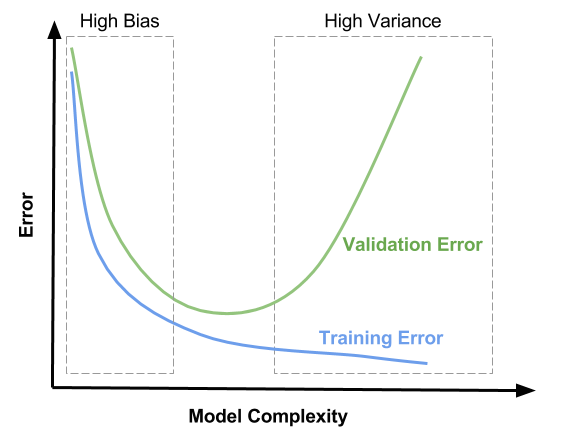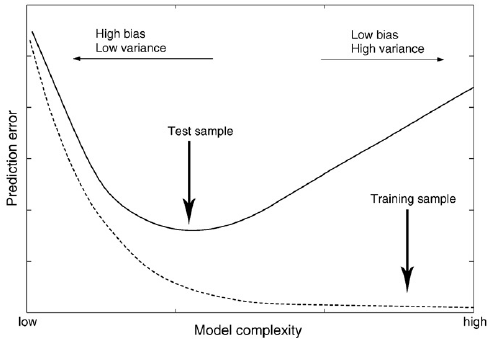Hi All - I am a newbie here and am aware of the limitations of running the ImageCleaner on the JupyterLab code base. ImageCleaner appears to be an absolutely fantastic tool and I would love to run it in Jupyter Notebooks (proper).
However, I am running the Fastai library on the OnePanel platform to gain access to a GPU, and OnePanel seems to be firmly married to the JupyterLab code base.
I could not find an obvious way to launch a notebook session with the older widget-compatible “Jupiter Notebook” code that allegedly does support widgets properly and, hence, ImageCleaner.
I imagine mine is likely a rather naive question, but I have been trying to figure this out on my own, both within the Fastai forum and via StackOverflow and have hit a rather considerable wall.
Any help would be greatly appreciated.


 )
)


